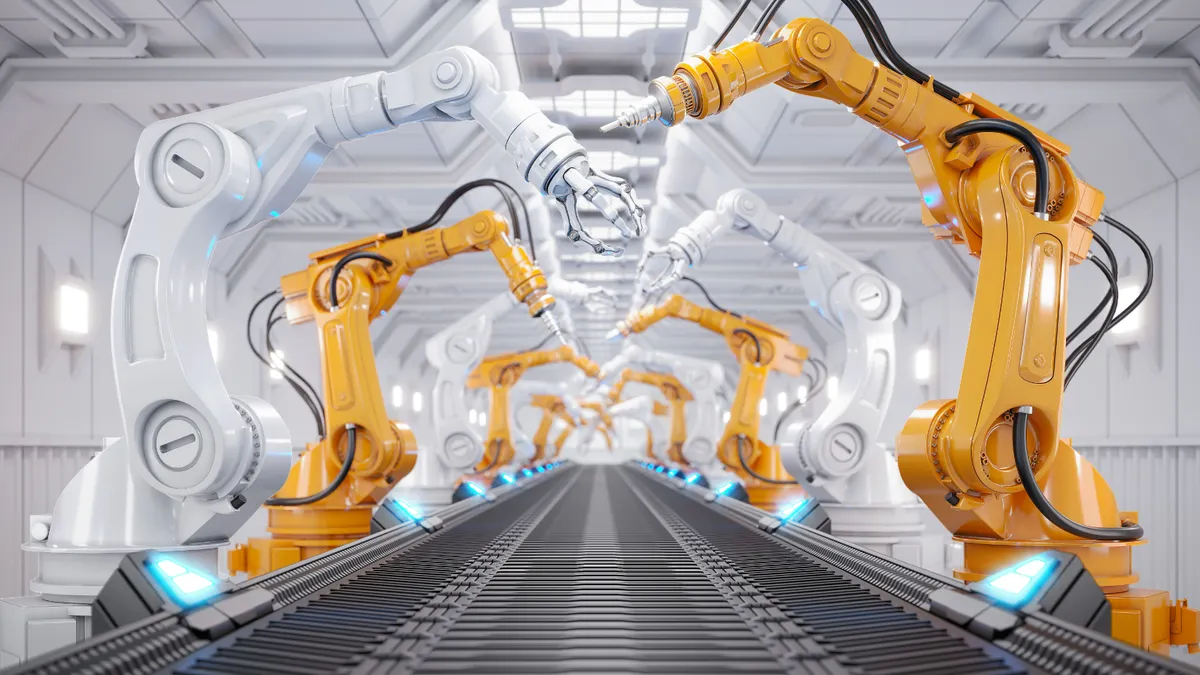Regional Manufacturing: The Future of a Resilient Industry
The idea that global supply chains guarantee efficiency is outdated—and costly. Recent years have proven that international sourcing exposes manufacturers to delays, price volatility and stalled production. The resurgence of domestic manufacturing is a lasting structural change, not a cyclical trend. The leaders of tomorrow are those who act today to localize supply and strengthen resilience.
Global Supply Chains: A Model Past Its Prime
Global supply chains once offered cost efficiency by leveraging international resources. However, geopolitical shifts, trade policy swings and port bottlenecks have turned this model upside down.
During the pandemic, the Port of Long Beach became a high-profile bottleneck—cargo sat offshore for months, halting delivery schedules and frustrating companies and consumers alike. This wasn’t an isolated incident; it was a preview of what fragile global networks mean for manufacturers. Relying on distant suppliers and congested entry points forces businesses into reactive mode, scrambling for alternatives and absorbing higher costs just to keep commitments.
The Regional Advantage
The goal in today’s competitive environment now is to not merely survive these disruptions, but to rethink supply chain networks to respond faster, adapt locally and deliver with confidence. Manufacturers who localize gain:
- Speed and reliability: Faster lead times, fewer shipping delays and stable delivery schedules.
- Cost control: Reduced exposure to tariffs, cross-border fees and long-haul logistics.
- Resilience: The flexibility to adapt to demand spikes and specification changes without disruption, minimizing the volatility of going overseas.
- Innovation: Local facilities give R&D teams direct insight into customer priorities, enabling solutions that deliver real value without unnecessary complexity.
Automation Makes it Possible
What makes this shift possible today is the evolution of manufacturing technology. Thanks to advancements in automation, robotics and logistics, regional production is no longer a trade-off between resilience and efficiency. Modern equipment runs at double the output of machines from just 25 years ago while requiring fewer operators. Robotics and automated material handling allow rapid schedule adjustments and reduce labor demands. Together, these advancements make localized manufacturing not just resilient—but highly competitive.
The Path Forward
For industrial leaders, the takeaway is clear: the companies best positioned for long-term success will be those that produce closer to their customers, align product innovation with local market needs and leverage modern manufacturing technologies that deliver with speed and precision.
In today’s unpredictable market, resilience is not a defensive posture; it is a growth strategy. The winners will be those who produce closer to their customers and build supply chains designed for certainty, not chance.










